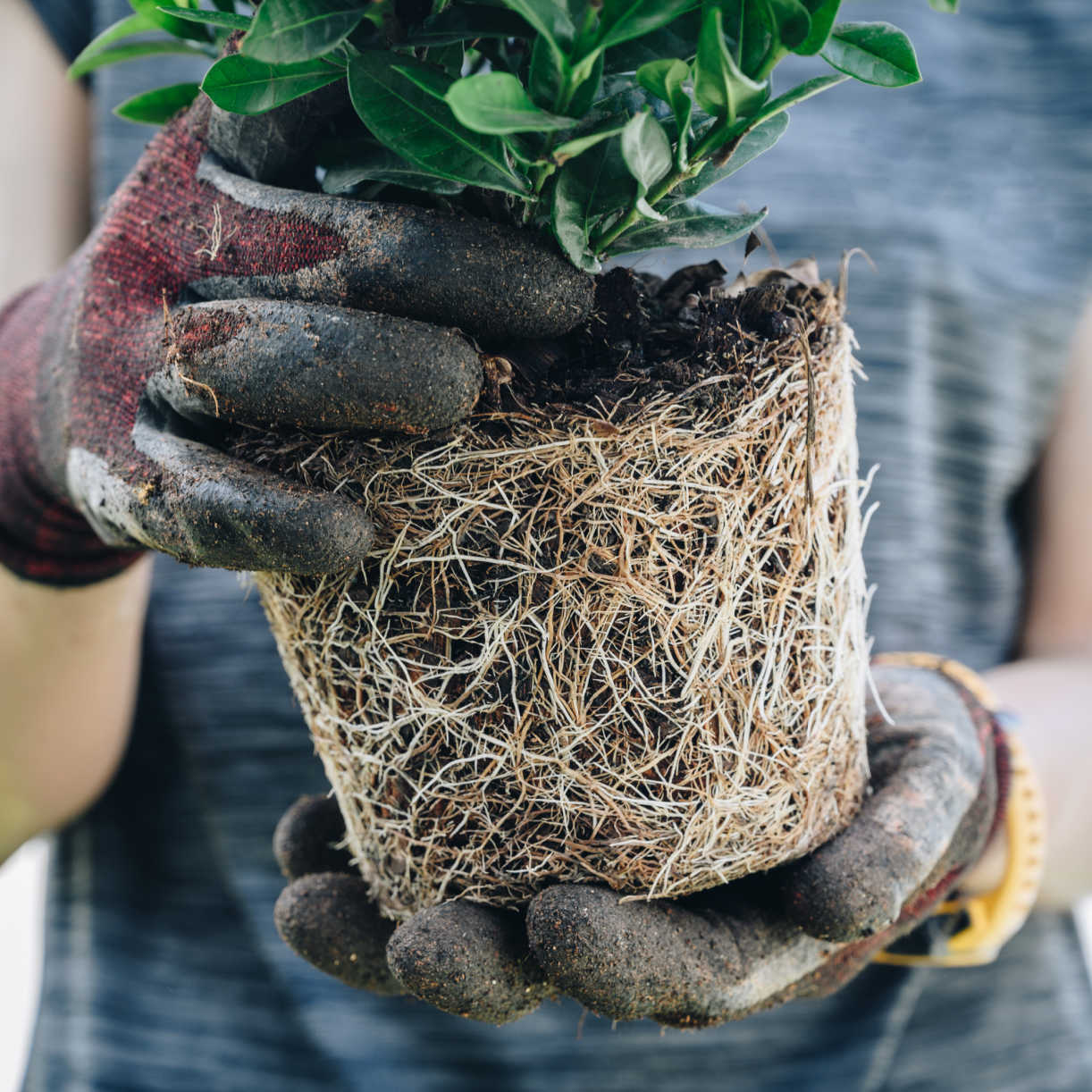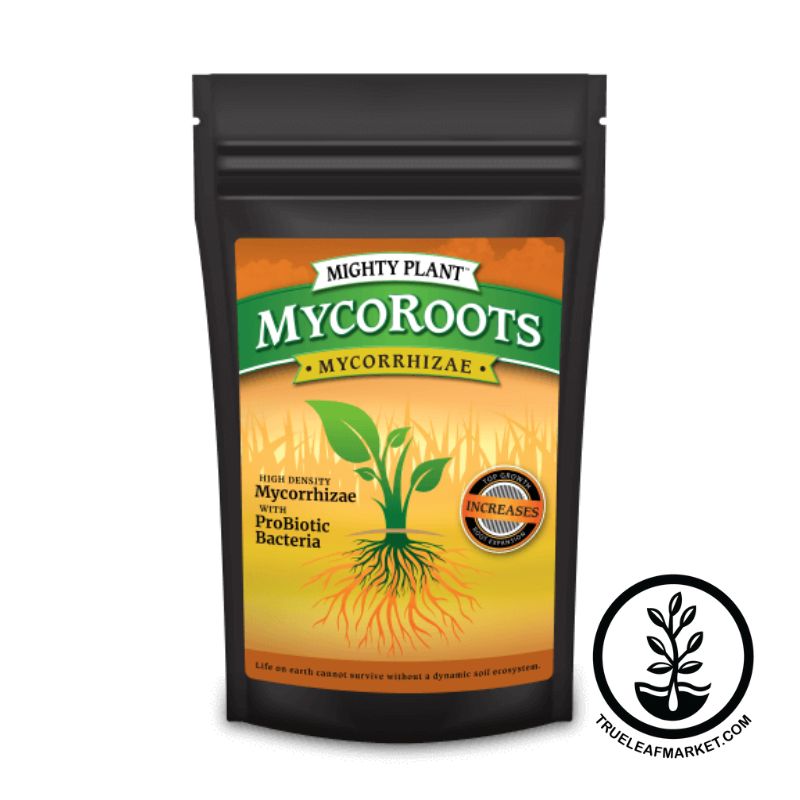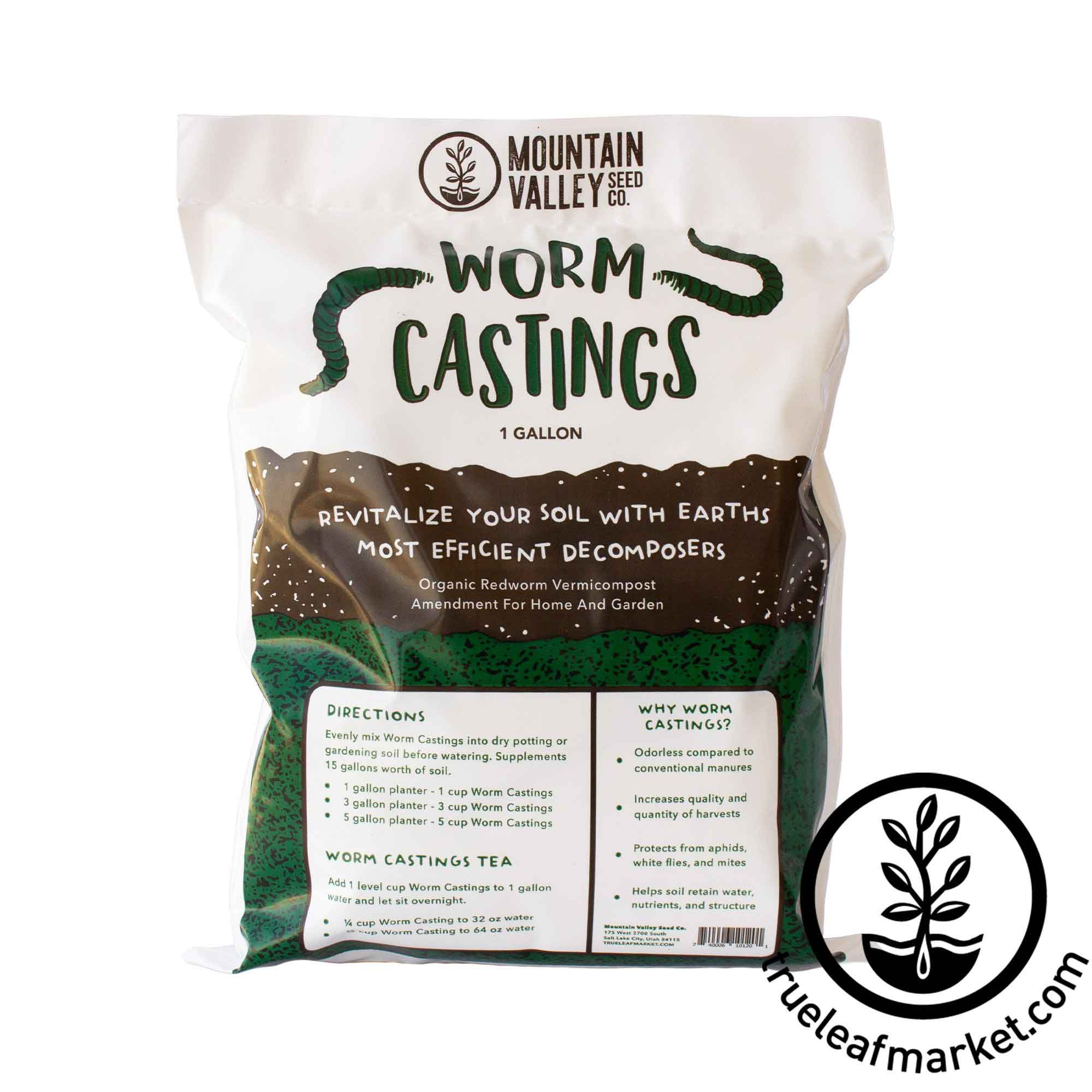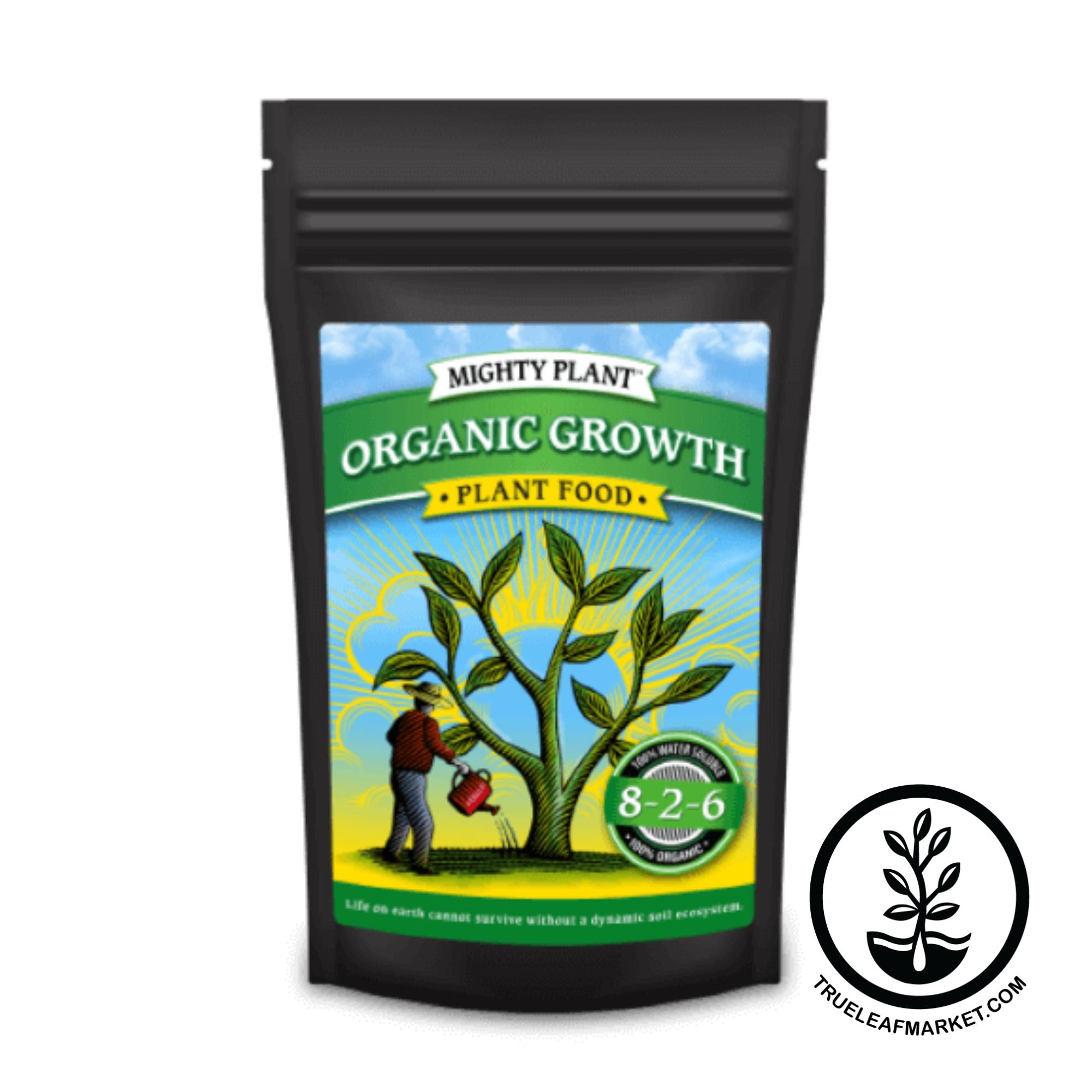
Ashleigh Smith

Gardening enthusiasts, both seasoned and novice, often encounter the phenomenon known as transplant shock—a condition that can leave plants stressed, wilted, and struggling to adapt to their new environment. In this guide, we'll delve into the intricacies of transplant shock, exploring what it is, how to prevent it, recognizing its symptoms, and offering practical solutions to revive plants that may be in distress.
Understanding Transplant Shock
Transplant shock is when a young plant is overwhelmed by stress from being moved from one location to another. It not only happens when being moved from indoors to its final growing location, but during shipping, locations within a garden, or from a nursery to your home. A plants root system is very fragile. Roots are the main vessel by which a plant takes in nutrients and water. When that system is disturbed during the planting process, the plant is left with a diminished capacity to access the materials necessary to sustain its life.
Causes of Transplant Shock
Root Disturbance: This is the most common cause of transplant shock. Root damage is akin to broken capilaries in a person. When the vessels responsible for transporting water and nutrients is broken, physical signs become evident. In people this may incude bruising, scabs, etc. For plants this often results in wilting or dying portions of the plant.
Environmental Changes: Young plants are very fragile when being moved from one environment to another. The most common instance of environmental change causing great amounts of stress are when the hardening off process is either skipped or rushed. This process gradually exposes plants grown in a controlled indoor environment to the outdoors and many changing conditions it brings. Conditions like changing night to day temperatures, wind, humidity, etc. affect a plants ability to function. By gradually exposing new plants to these conditions and allowing them to return to their controlled environment, they are allowed to build up resiilance by strengthening cell structures and regulatory systems at a sustainable pace.
Water Stress: Either not watering enough, or watering too much may lead to transplant shock. Watering too much can lead to weak root systems that are not able to adequately support a transplant as it adapts to its new environment. On the other hand, not watering enough can also lead to weak root systems that are already in a compromised state when you go to move them, disrupt their root systems, and introduce new stress factors to them. Healthy roots should appear white and fuzzy. Fuzzy looking roots is a sign that it is actively growing and expanding. When watered the fuzzy appearance may dissapear temporarily, but a strong white root is easily visible. If the roots of potted plants appear to be circling their containers, your plant has become root bound from living in too small of a container for too long. It should be loosened before transplanting.

Preventing Transplant Shock
Hydration: Before transplanting, make sure your plants have been watered and hydrated throughout the day. Simply watering right before they are moved is not good as they may still be in a compromised state from being dehydrated earlier.
Timing: The best time to transplant is during the spring and fall seasons because of the mild temperatures. Transplanting during the heat of the summer places the new plants at risk of increased heat and water stress. Spring transplanting should happen after the last spring frost date for your area. This may be different from other locations with the same hardiness zone as you. Rely on local agricultural extension offices for the most accurate recommendations for your location. Fall transplanting is best done as the plants start to enter dormancy. This is a time when root growth is prioritized over foliage.
Preparation: Before transplanting, prepare your new growing location by amending the soil with nutrient-rich materials like compost, worm castings, bone meal, fertilizers, root stimulators, etc.
Addressing Transplant Shock
Watering: If you see signs of transplant shock adjust your watering routine if needed. Using moisture meters may help you to identify how wet the soil actually is. Or, check it by digging a finger into the soil about an inch deep. If it still feels moist you may be overwatering or not allowing enough time for the soil to dry between waterings. If it feels dry, increase the watering frequency.
Shade and Protection: A temporary shade cover may help take the edge of if your plants are experiencing transplant shock due to intense sunlight or heat. Shade cloth can be a great option as it allows access to light but creates dappled shade to slightly cool the area.
Mulching: Adding a layer of mulch around a plant can help the soil retain moisture, stay cool, and alleviate competition with weeds. Generally it is best to spread mulch around the plant, but maintain a slight spacing between the plant and mulch directly around the stem or crown of the plant to maintain good air circulation to prevent disease.
Fertilization: Generally strong or heavy fertilization should be avoided right after transplanting as it may burn your young plants. However, a diluted, balanced fertilizer application can help support transplants as they recover.
Monitor: The most important thing to do after transplanting is to keep an eye on your plants. Be patient as you observe what your plants need. Recovery will take time. Carefully observe what actions you have taken and how they respond as this will help you to understand if you are on the right track to supporting the new plants. If you notice wilting right after watering, this may be a sign that they in fact need more time for the soil to dry rather than more water. Taking notes throughout the process may help you care for future plants as well.
Transplant shock is a common challenge faced by gardeners, but with thoughtful preparation, careful transplantation practices, and attentive care, its impact can be minimized. Understanding the causes, prevention strategies, and treatment options empowers gardeners to navigate the delicate period when plants are adjusting to new surroundings. Whether you're bringing home a new addition from the nursery or relocating an existing plant in your garden, proactive measures and a watchful eye can ensure a successful transition, allowing your green companions to thrive in their new homes.
Contributing Author:
 |
Lara Wadsworth, True Leaf Market Writer |
I am a native of Southwestern Michigan, where I also reside, and I love all things plants! I got a Bachelor's Degree in Horticulture and found the first work-from-home job I could get. Now, I spend my days writing for TLM, playing with my dog, eating delicious food with my husband, and plotting my next landscape or gardening move. I believe everyone should get down and dirty in the soil now and then. Happy Gardening!
About the Author

I'm Ashleigh Smith, a native to Northern Utah. I first gained a love of gardening with my grandmother as I helped her each summer. I decided to make a career of it and have recently graduated with a Bachelor's degree in Horticulture from Brigham Young University - Idaho. My studies have focused on plant production while I also have experience in Nursery & Garden Center Operations.
Our Recommended Picks
Leave a comment
Your email address will not be published. Required fields are marked *
5 comments
VICTORIA B B BAIRD
great reminder, thanks
Noreen
Thank you for your articles. I live in Eastern Oregon and enjoy your emphasis on high desert climates.
Ben
I recently made a large order with you all have not received my seeds but wonder if there are plant growth hormones safe for. Food crop growth
Jake
I always thought moisture retention was 99% of of transplant shock. The other points here are very informative. Thank you!
Hank
Thank you for your advice right now I am interested in petunias bought several seeds from True Leaf Market and they are doing well but I’m a bit confused about there flower production compared to the ones that are propagated instead of seed can you enlighten me
Further Reading

November Gardening Guide: 5 Tasks to Prepare Your Garden for Winter
Coming soon!

Ashleigh Smith
2025-11-031 min read0
How to Choose the Right Tobacco Seed Variety for Your Garden
Selecting the right tobacco seed variety can make or break your growing season. For experienced gardeners, this choice isn’t just about aesthetics—it’s about matching your growing environment and goals with the perfect plant genetics. Whether you’re gr...

Ashleigh Smith
2025-10-294 min read0
Everything You Need to Know About Tobacco Seeds
Growing tobacco seeds is an art form for seasoned home gardeners. Whether you’re intrigued by the plant’s ornamental qualities, want to harvest for fresh processing, are curious about heirloom varieties, or simply love the challenge of nurturing delica...

Ashleigh Smith
2025-10-297 min read0
Mild Climate Winter Gardening Guide for Zones 9 & 10: What to Plant and When
Coming soon!

Ashleigh Smith
2025-10-171 min read0







